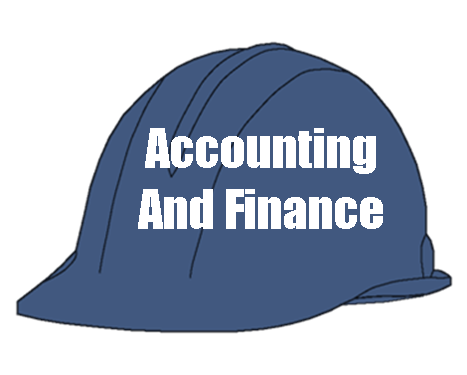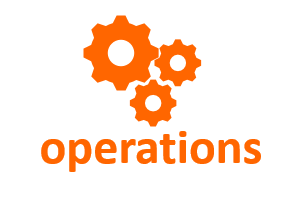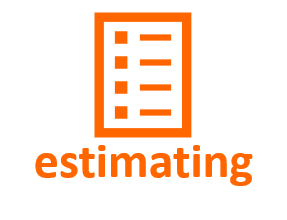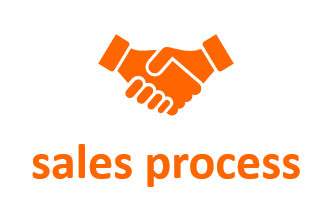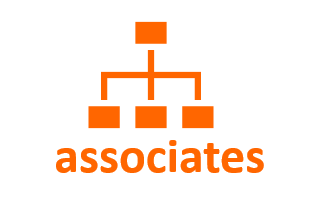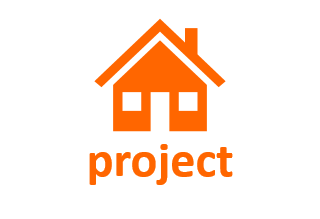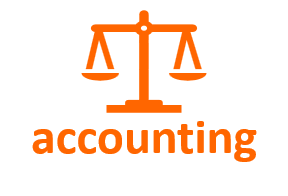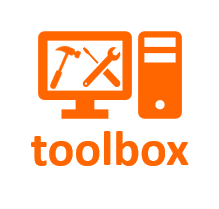Avoid Paying Taxes on "Phantom Income"
This accounting method yields huge benefits for Pro Builders.
You can still save this year by using Completed Contract Accounting to calculate your business taxes.
Standard accounting does not work for Builders!!
When you're writing the check to pay your taxes, do you ever wonder "Where is this profit I'm paying taxes on?".
I mean, the numbers show that you made a profit, but your gut tells you that the numbers don't add up. Where is that money?
If you're asking those questions, you are probably using the wrong accounting method.
Most accounting programs have defaults that classify money coming in from a customer as "Revenue" and money going out for a job as "Cost of Goods Sold".
That works great for your corner coffee shop.
It doesn't work for your construction company.
In fact, it can result in your paying several times your actual tax obligation by producing "Phantom Income".
PHANTOM INCOME
Customer deposits or payments on incomplete projects, mis-characterized as revenue.
Phantom Income will result in an overstatement of profits and a consequent overpayment of tax liability
In construction, you haven't actually made a profit until you have a Certificate of Occupancy (CO) in hand, you have bought the last light bulb, and the new owner has paid the final draw. (I am not considering the warranty period, but that is a topic for another time.)
If the construction time-frame for the project extends past your fiscal year end, reporting draws, deposits or payments from your customer as revenue will result in "Phantom Income".
The IRS recognizes the hardship this places on builders, and has issued guidelines especially for construction contracts. Ask your accountant about this.
But if you are using the default entry methods in Quickbooks (even Quickbooks Contractor Edition) or Xero, or any other accounting platform I have seen, you are using the wrong accounting method.
And it is costing you money. Sometimes a lot of money. (See the information in the video, "An Example", below.)
Video Walk-Through
The following 15 minutes of video will walk you through the process of setting up the correct accounting method.
Please do not shrug your shoulders and ignore this information just because it takes a little time and effort, or it is outside your box.
You are running a business, and this is an important business decision, with significant financial consequences.
If you want some assistance in making the transition to the correct accounting method, Builder Resources and Builder Academy can provide it.
The Strategy
This IRS-approved strategy can save thousands of dollars in taxes this year. Do you qualify to use it? (Most independent builders DO!!!)
NOTE: the average annual sales amount for the last three years mentioned in the video has been adjusted to $29,000,000 for 2023.
The Set-Up
Here is how to set up your chart of accounts to accommodate the Percentage Completion Method.
The Work Flow
This session demonstrates how to make the entries involved in the Percentage Completion Method.
An Example
This session walks through a step-by-step example of the tax deferral possible by using a combination of the Percentage Completion Method and the Completed Contract Method to calculate tax liability.
Conversion Mechanics
Demonstrates the steps to take to convert the accounting information to Completed Contract Method for tax calculation and reporting.
